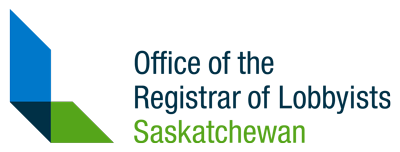Key Elements of Lobbying
In order for someone to be lobbying, four components must be present:
- There must be payment to the lobbyist;
- There must be a form of communication;
- Communications must be with a public office holder; AND
- There must be an attempt to influence one or more outcomes.
All four variables must be present before a person is considered to be lobbying.
There are two distinct types of lobbyists – consultant lobbyist and in-house lobbyists.
It is every citizen’s right to know who is lobbying which Provincial Government public officials in an attempt to influence the decisions that are ultimately made by the government.
Architects, lawyers, public relations professionals, contractors, pharmaceutical representatives, geologists and farmers are some professions likely to engage in lobbying activities as part of their field of work.
